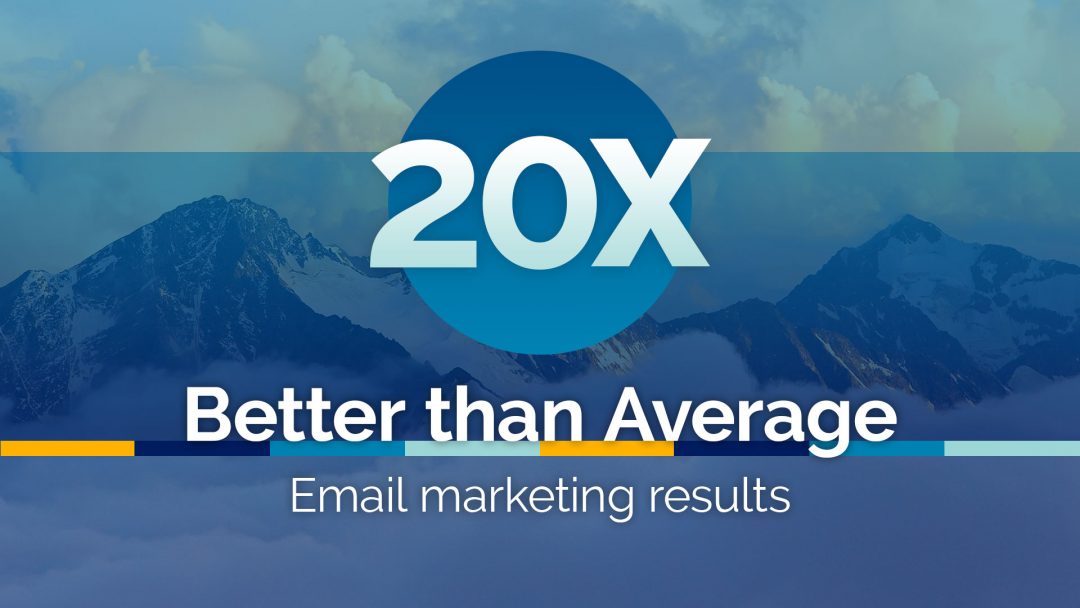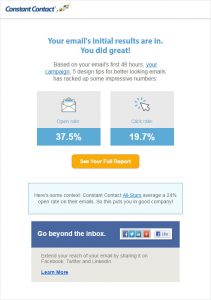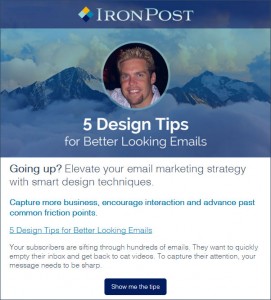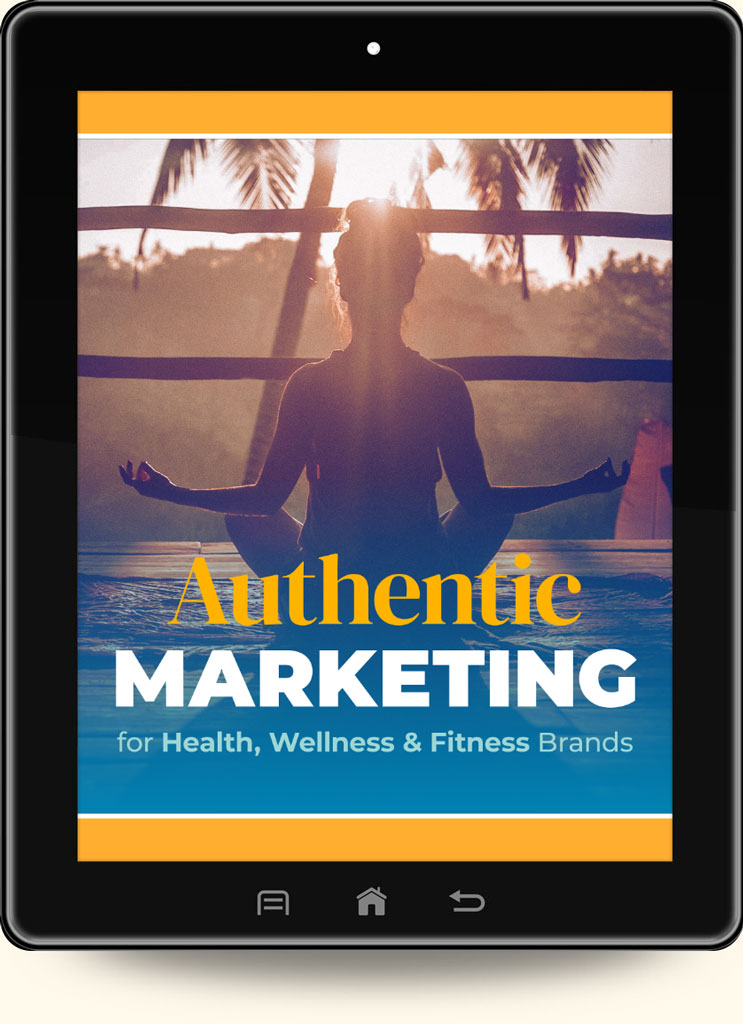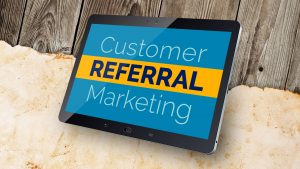How I created an email marketing campaign 2,080% more effective than average
I recently sent a promotional email to my mailing list. The results were remarkable. It wasn’t just effective, it was over-the-top successful. It was an uber-email.
My open rate was 37.5% (not my personal best). I had a 43% open rate a couple of months ago. The click rate was a healthy 19.7% which is well above average.
The most impressive stat was a 14.3% conversion rate on my landing page. This combination of open, click and conversion rates is extremely high.
From a conversion rate perspective, my email blast was 20 times more effective than an average promotional email. If you’re looking at just the email rates, it performed 342% better than average.
Here are the email and landing page for reference. They’re deceptively simple.
A look at email averages
According to Constant Contact, the average email open rate is 18%. The average click rate is only 12%. With those numbers, an email blast to 100 recipients will net 2 clicks.
100 x 18% x 12% = 2.16 clicks
That’s it. That’s what average looks like. If you read MailChimp’s benchmarks, the numbers are even worse. MailChimp reports a higher average open rate but lower click rates.
Landing pages
When someone clicks a link in your email, they’re sent to a landing page. If you’re savvy, your landing page reinforces your email message. When things go well, there’s alignment, engagement and a transaction (also known as a conversion). The conversion rate of your landing page is the percentage of people that do what you want them to do.
The sticky point about conversion rates is that they’re tiny. Depending on the source you reference, you’ll see online averages between 1% and 5%. Search Engine Land claims the average conversion rate to be 2.35%. Yikes.
@sengineland claims the average #conversion rate is only 2.35%. Yikes. Click To TweetTo be fair, you can see conversion rate averages between 10% and 20% for lead capture pages. Those don’t apply to promotional emails because you’ve already captured your subscribers’ contact info. At this stage in the game, you want your email subscribers to buy.
1,970 is a big number
So here’s the ugly truth about averages: An 18% open rate with a 12% click rate and a 2.35% conversion rate… is… 0.05%.
On average, it requires 1,970 subscribers to land a single conversion from an email. That’s why a lot of businesses don’t like email marketing. They don’t have enough subscribers to see results from their efforts.
Direct comparison
Back to my recent uber-email: The 37.5% open rate with a 19.7% click rate and 14.3% conversion rate… was… 1.06%.
That’s still pretty low, right? Not at all. With those numbers, it only requires 95 subscribers for a conversion. That’s 2,080% (or 20 times) better than average.
If you made it through all those statistics, you’re probably curious about how I did it. The short answer is on my 5 design tips for better-looking emails page. It’s as simple as following those five pieces of advice.
If you must have the details, continue on. Personally, I look at about twenty different factors when developing an email marketing campaign. It’s my secret sauce that I’ve learned from 15 years of direct mail marketing and design.
The development sequence is the real key. But in my opinion, you’ll get plenty of mileage from the 5 design tips and the following notes.
Twenty fundamentals of email marketing
Here are twenty things to consider when creating your next email marketing campaign. Slight improvements in each of these areas snowball into massive increases in open rates, click rates and conversions. How many of these have you been overlooking?
- Aesthetics
- Brand messaging
- Call-to-action
- Capturing attention
- Common objections
- Content writing
- Copywriting
- Graphic design trends
- Human desires
- Landing page design
- Motivations and persuasion
- Sales offers
- Sender information
- Simplicity
- Solutions to customer problems
- Symbolism
- Trust factors
- Usability and testing
- Visual context
- Your subject line
